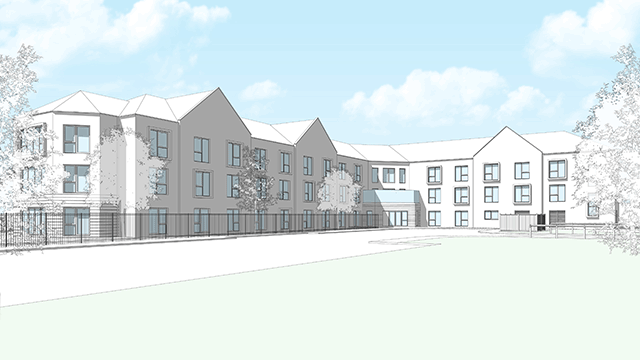COMMENT Labour has promised to “rip out the red tape in our planning system that stops you building”. These are big words but the reforms proposed in its manifesto were more incremental reform than big bang.
The incremental reform kicked off with a new draft NPPF launched by deputy PM Angela Rayner on 30 July. Almost as a footnote she added “these changes [the updated NPPF] will be followed by further reforms in the Planning and Infrastructure Bill, through which… we will introduce a national scheme of delegation that focuses planning committees on the applications that really matter, avoids a potential development being reviewed multiple times even where it’s been included in the local plan, and places more trust in skilled professional planners”.
The briefing notes that accompanied the King’s Speech also tell us the Bill will “modernise planning committees”.
We will have to wait and see what this means but an obvious conclusion is that the government is considering a fast-track consent for development identified in the local plan and a reduction in the role of the planning committee.
So is a big bang on the way after all and what would it look like? It would certainly be a big bang if there were a shift in the stage of the planning process at which the key decision about what can get built where is taken. Even under our plan-led system, that question is often left for the planning application stage, with the decision taken by the elected members of the planning committee.
The Planning White Paper, launched by Boris Johnson’s government in 2020, proposed exactly such a shift with its proposal for growth, renewal and protected areas with outline planning permission being automatically granted for development in growth areas subject to local design codes, in effect a zonal plan.
Grids and blocks
Under a zonal system, seen in countries such as the US and the Netherlands, the key decision about what can get built is taken at the plan-making (or zoning) stage and developers are able to build within the development parameters set by the zonal plan. After a series of by-election losses and a perception that the plans weren’t popular with voters, the proposals were quietly dropped. But, whisper it quietly, are they about to make a comeback, albeit with a different presentational wrapper? And what would it mean for our townscapes?
We don’t have to go far for a sneak peek. Across the North Sea, the Netherlands’ zonal system with its grids and blocks means the country’s urban environment looks and feels very different from its English counterpart. The zonal plan designates zones for different uses which can lead to the separation of uses from each other with a retail zone often being distinct and separate from the homes it serves.
Amsterdam’s business district, the Zuidas (pictured), consists of rows of office blocks and car parks lined up along a major road and with an absence of shops and restaurants for office workers. It’s perhaps quicker to get development off the ground than under the English system but contrast the Zuidas with London’s King’s Cross or Leeds’ Wellington Place; exemplar examples of masterplanning and placemaking with mixed-use developments integrating residential, commercial and leisure uses.
Does the zonal system, while providing simplicity and speed, stifle creativity and result in homogenous, linear development? It doesn’t have to.
Best of both worlds
Amsterdam’s Houthavens tells us we can have the best of both worlds. A new part of the city with housing, shops, schools and restaurants built on what was once part of the IJ river that divides north and south Amsterdam; the designs are imaginative with a design code that draws inspiration from the historic city centre and the Baltic coast and even includes canals to recreate the atmosphere of the old centre. If you’re in Amsterdam, go and check it out.
If we are inching towards a zonal system (and it is still an if), more work will be needed to understand what it would mean for our built environment. A key challenge will be to ensure that the strengths of a zonal system; speed, certainty, fundability and the early provision of infrastructure are combined with the creativity and placemaking that our development control system (when it works) can do so well.
Marnix Elsenaar is partner and head of planning & infrastructure consenting at Addleshaw Goddard
Image © Hollandse Hoogte/Shutterstock
Follow Estates Gazette











